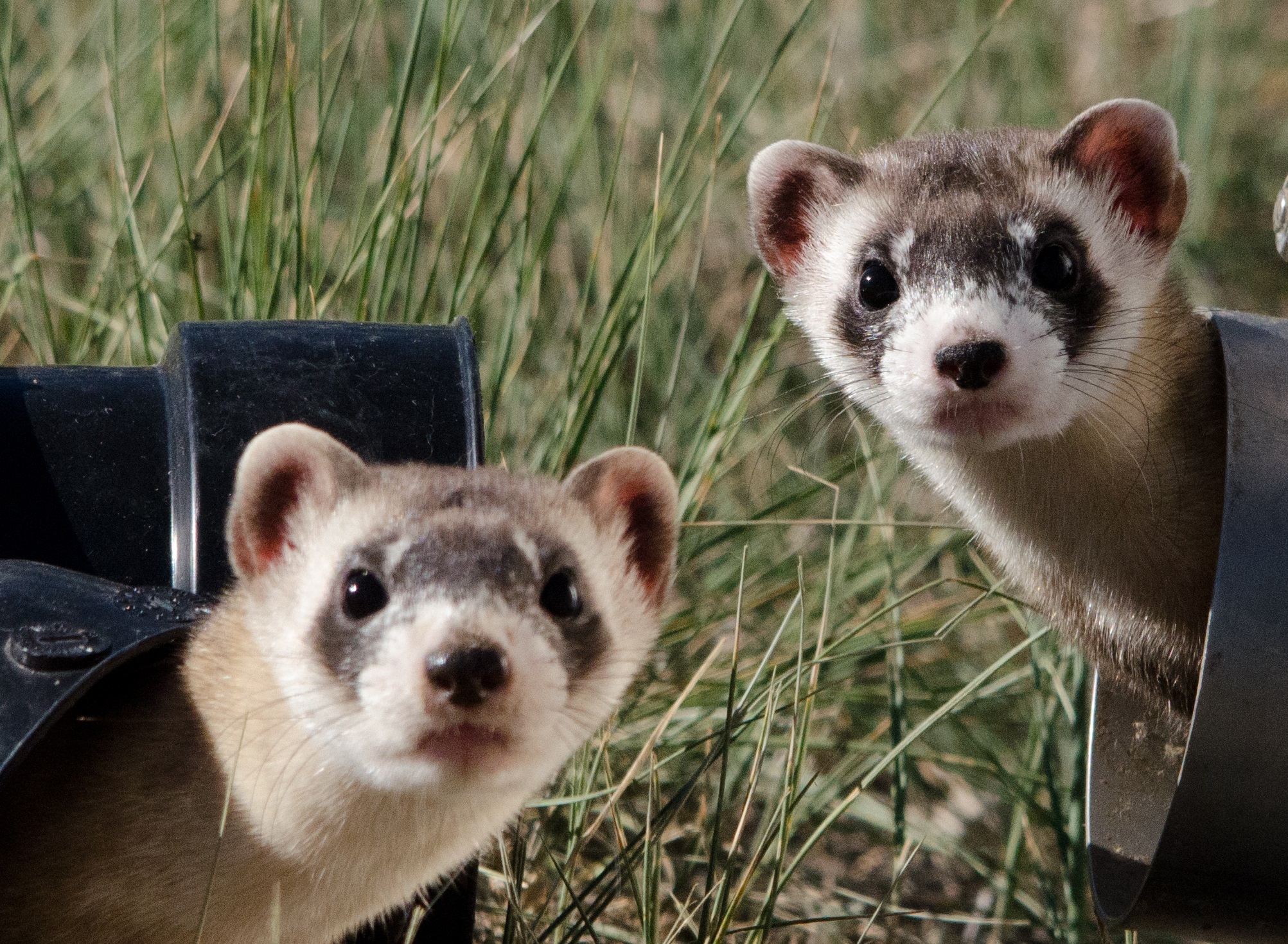

“How can we vaccinate endangered ferrets?” a US Fish and Wildlife official must have wondered during a meeting.
“What if we shoot vaccine-laden M&Ms into the mouths of prairie dogs with drones,” another official must have replied, in the least-boring government meeting of all time.
This is now a real plan.
The full proposal is available online, and buried in the technical language of environmental impact studies is the cool logic of drone delivery. A person on foot, dropping vaccine-laden morsels every 30 feet or so, can cover three to six acres with 50 vaccine morsels per acre in an hour. All-terrain vehicles can cover more ground than humans on foot, but there’s a greater chance of disturbing the environment and wildlife on foot. (The ferrets, which sleep in prairie dog burrows during the day, would likely be out of the way of the ATVs).
A drone flying at 20 mph could fire one vaccine-M&M every second, or about every 30 feet, and cover an entire acre in less than a minute. That means a single drone could cover up to 60 acres an hour, about ten times as efficient as a human on foot. (The study notes that if a drone instead drops three M&Ms a second, it could cover 200 acres in an hour instead).
According to the report: “A modified fish bait machine has helped create the vaccine, which will consist of M&Ms smeared in vaccine-laden peanut butter…. lab tests show that prairie dogs find the bait ‘delicious’, with a dye added to the mix reliably showing up on the animals’ whiskers.”
“For [vaccination delivery] to be a viable plague mitigation tool at meaningful management scales for ferret recovery,” concludes the report, “delivery via [drone] is potentially the most efficient, effective, cost-conscious and environmentally friendly method of application.”
Amazingly, this isn’t the first time a nation’s used special food launched from an aircraft to manage an animal population. A brood of foxes spread across Europe during and after World War II, and with them came rabies. Rabies vaccines exist, but foxes aren’t terribly compliant with strangers and needles, so Switzerland devised another method: vaccinated chicken heads.
From The Atlantic:
Either the U.S. Fish and Wildlife Service had heard of the European experience with baited vaccine treats, or we live in a universe where two different government agencies, decades apart, reached the same conclusion: to stop a disease among wild animals, the most logical solution is to shoot food at them out of aircraft.
